Filter data
|
ID |
Nickname |
Country / City |
Languages |
Taxonomies |
Comment |
Project / Group |
Map |
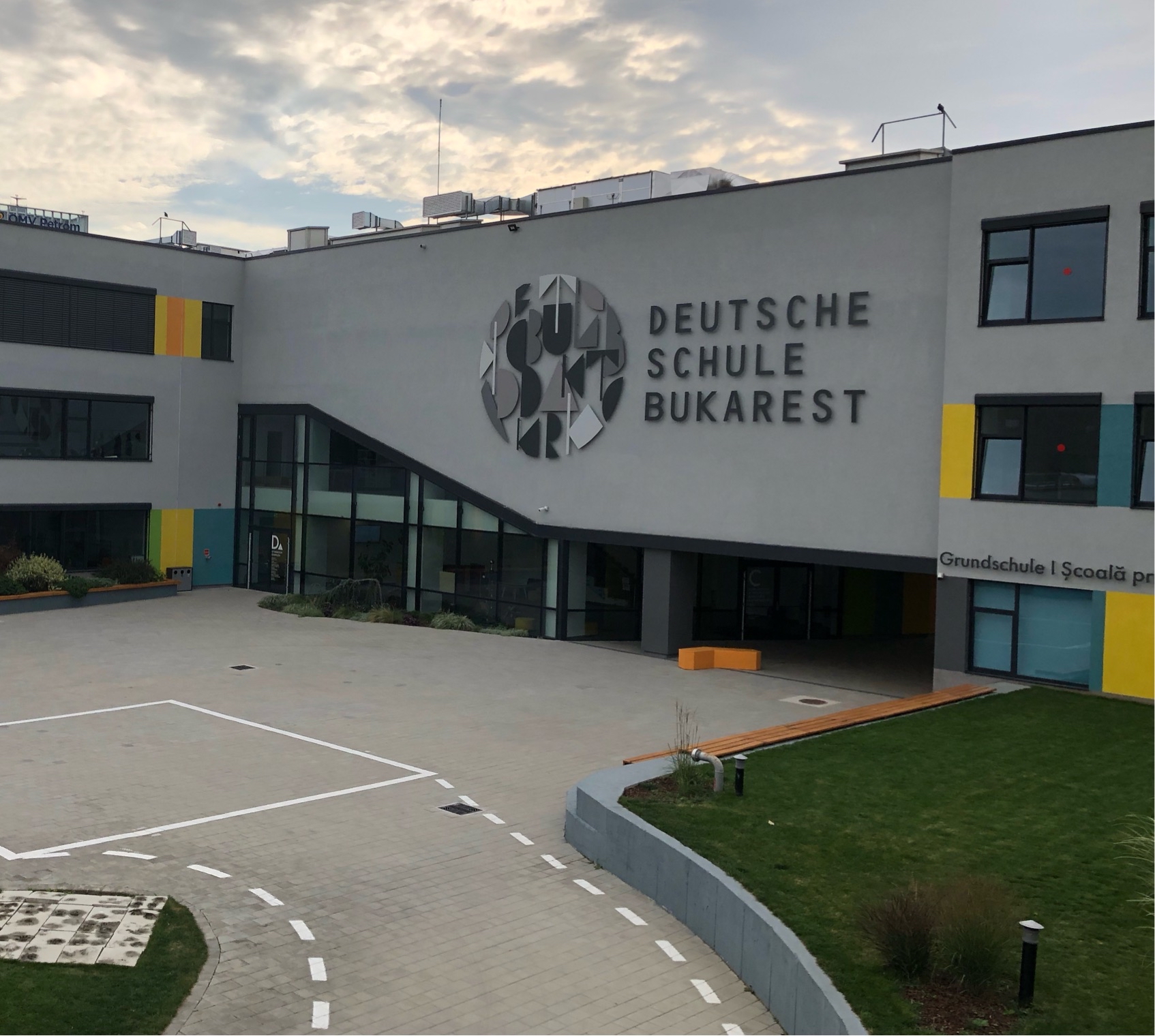
|
43197
|
|
Rumänien
București
|
|
|
Deutsche Schule Bukaresr
|
|
|
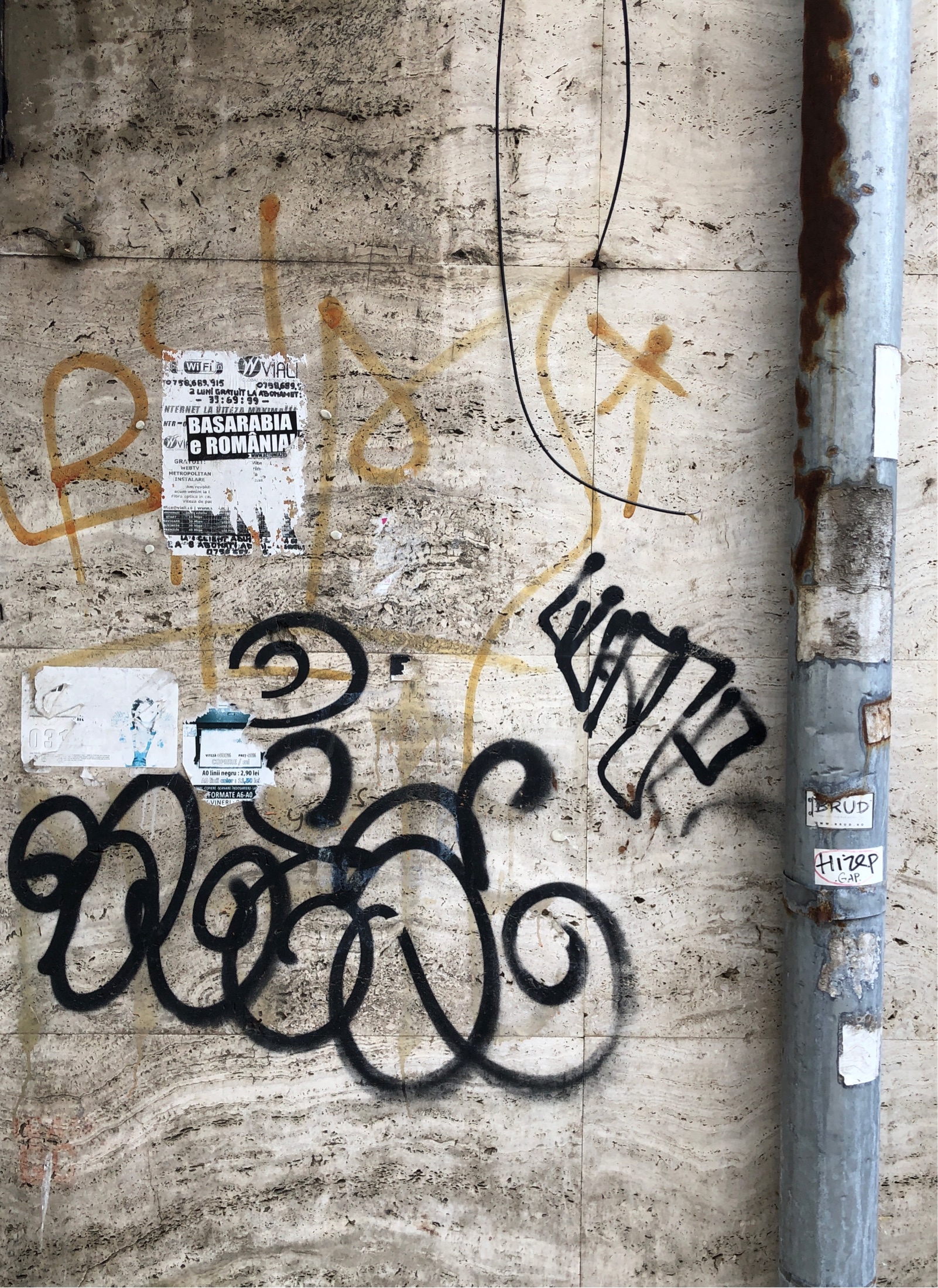
|
43972
|
|
Rumänien
București
|
|
|
Basarabia e Romania
|
|
|

|
43469
|
|
Rumänien
București
|
|
|
Revolution, 1989
|
|
|

|
43470
|
|
Rumänien
București
|
|
|
Revolution, 1989
|
|
|
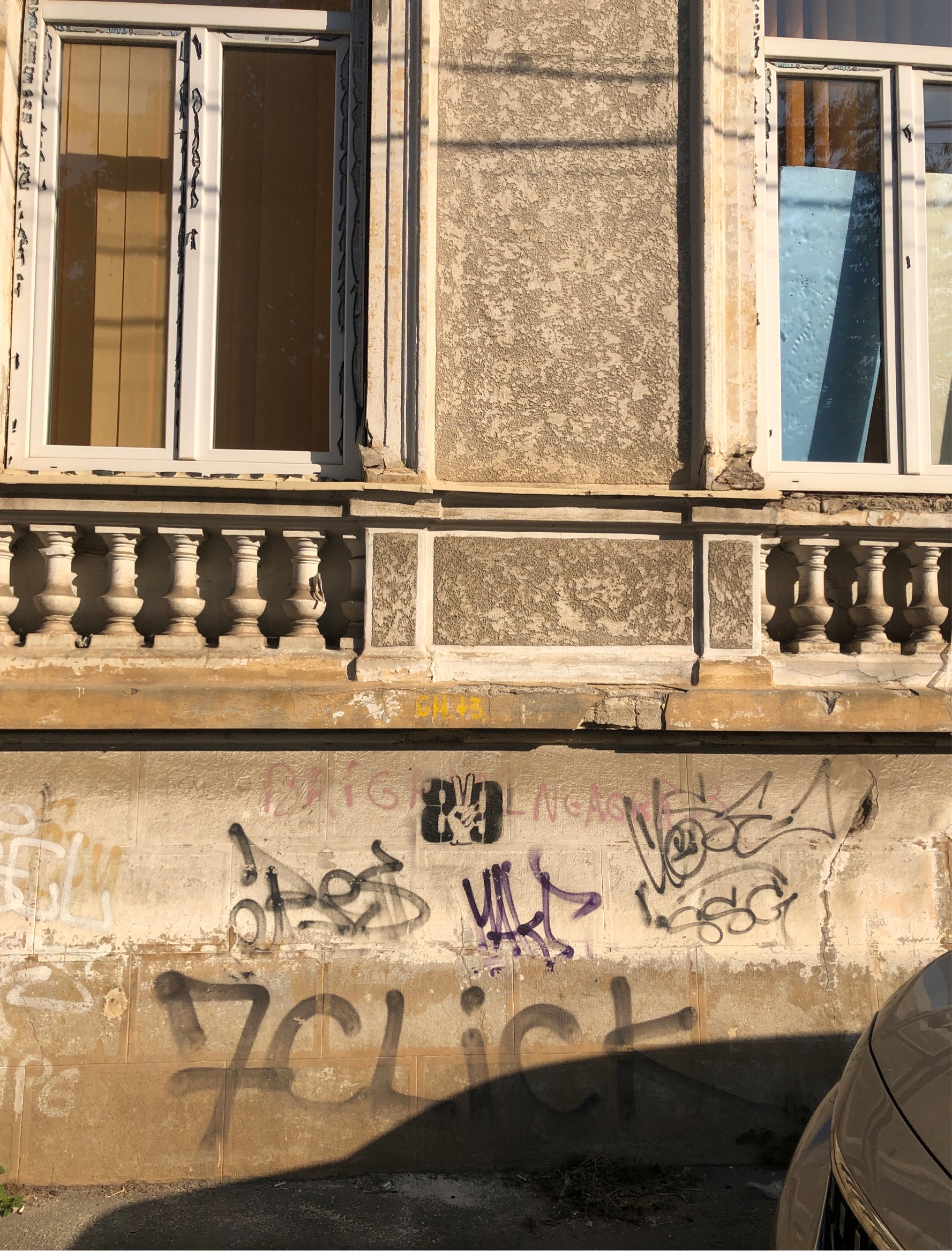
|
43472
|
|
Rumänien
București
|
|
|
Revolution, 1989
|
|
|
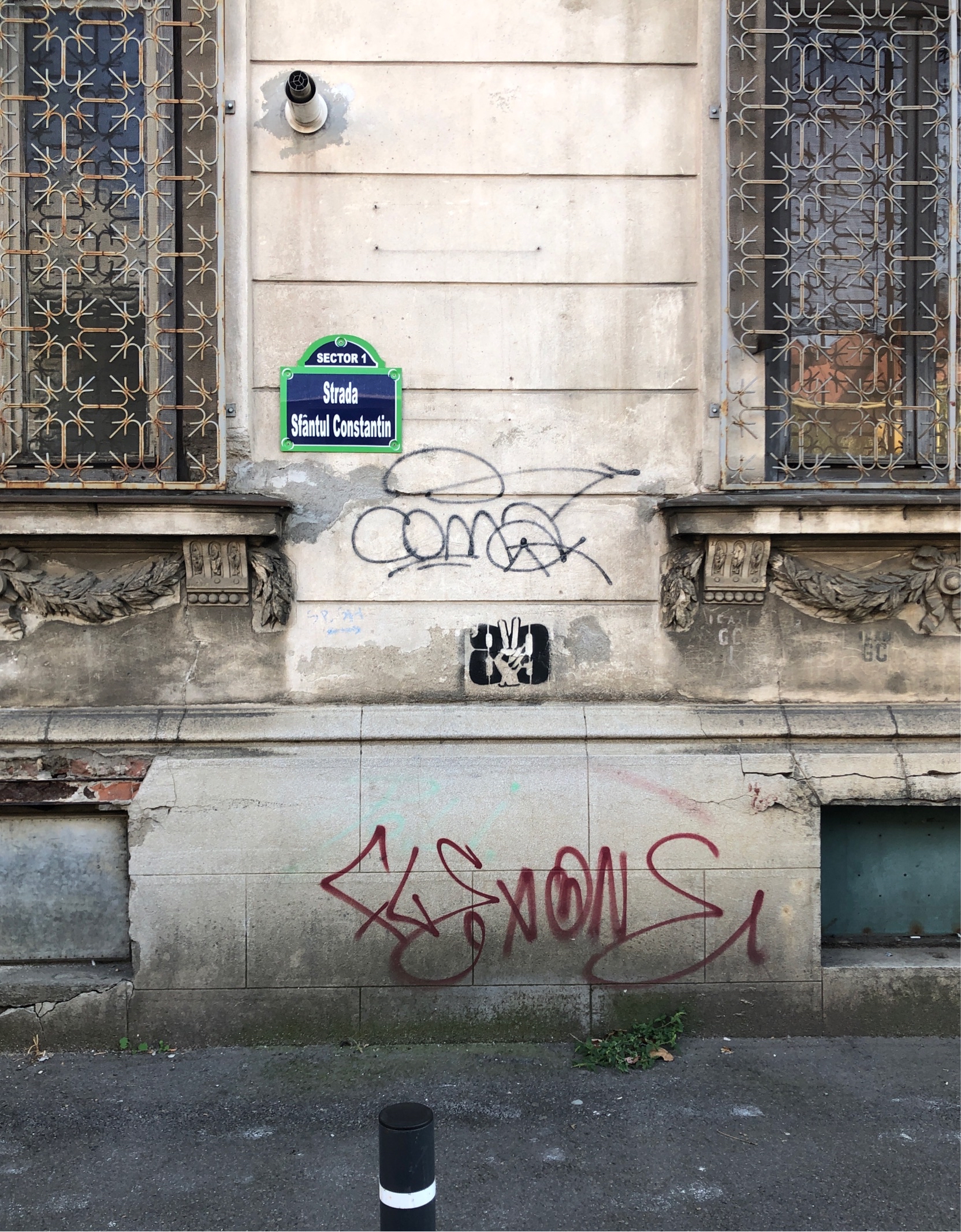
|
43474
|
|
Rumänien
București
|
|
|
Revolution, 1989
|
|
|
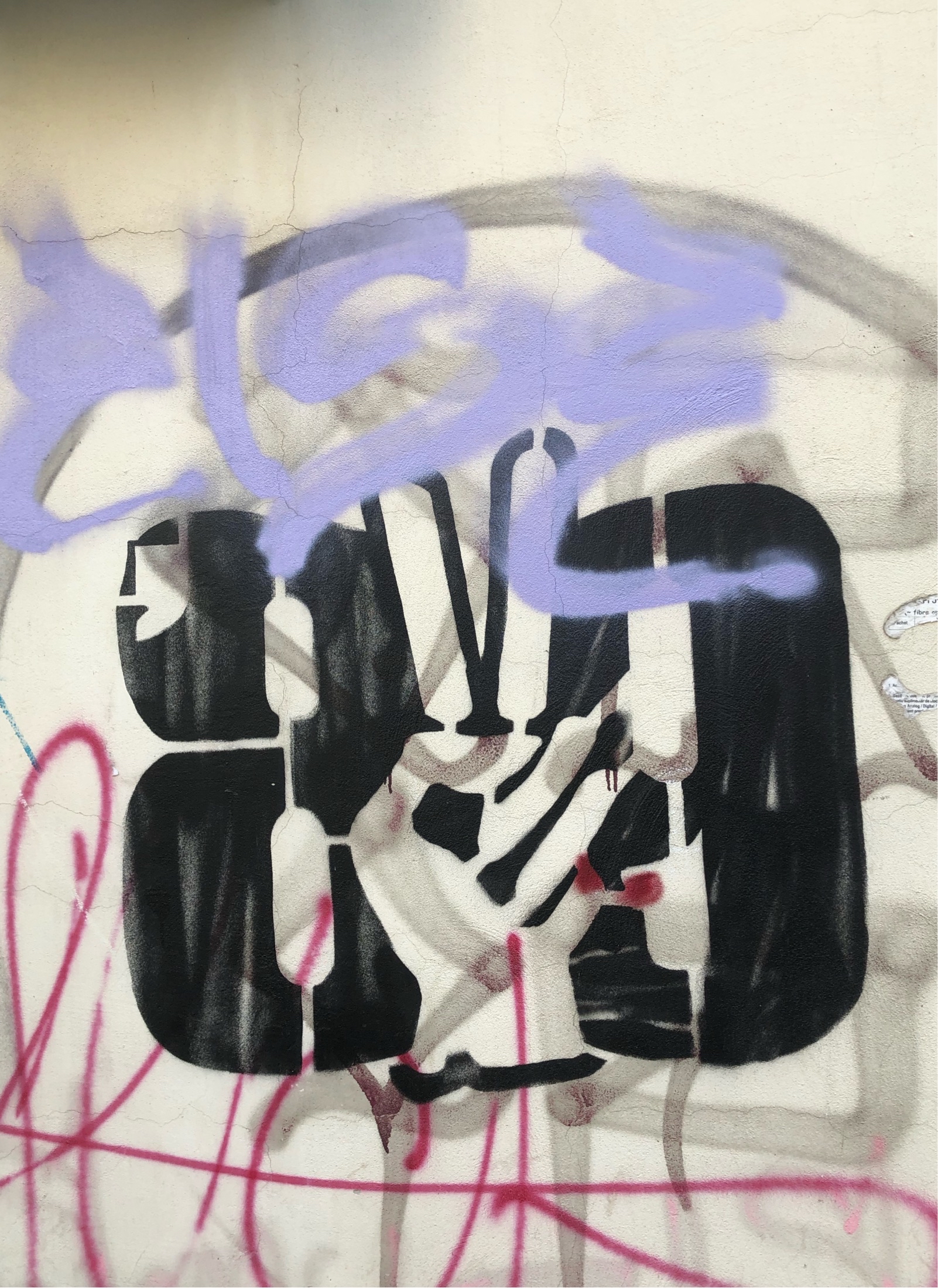
|
46042
|
|
Rumänien
București
|
|
|
Revolution, 1989
|
|
|
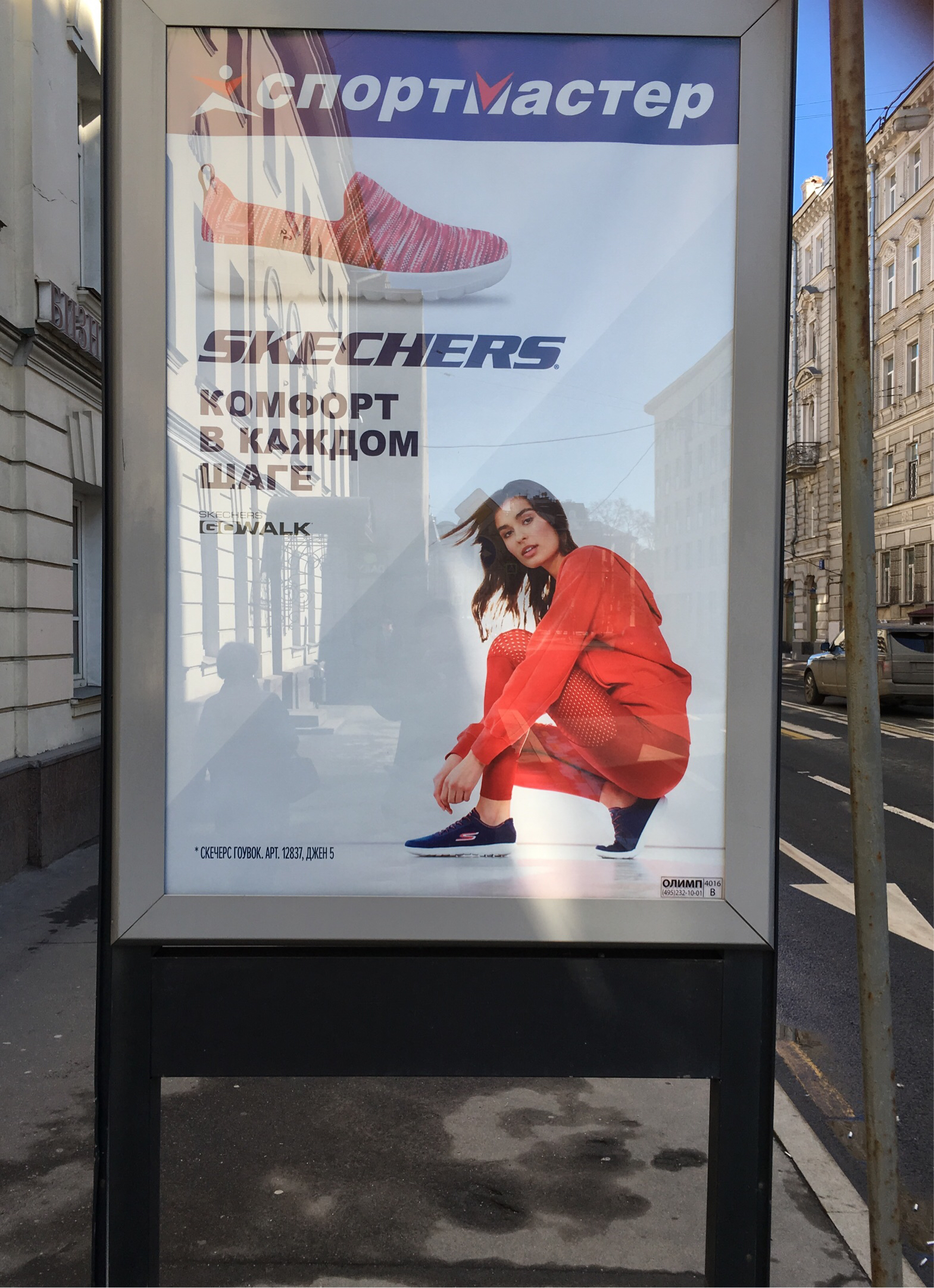
|
18747
|
|
Rusland
Moskva
|
|
|
—
|
CPH Amager
|
|
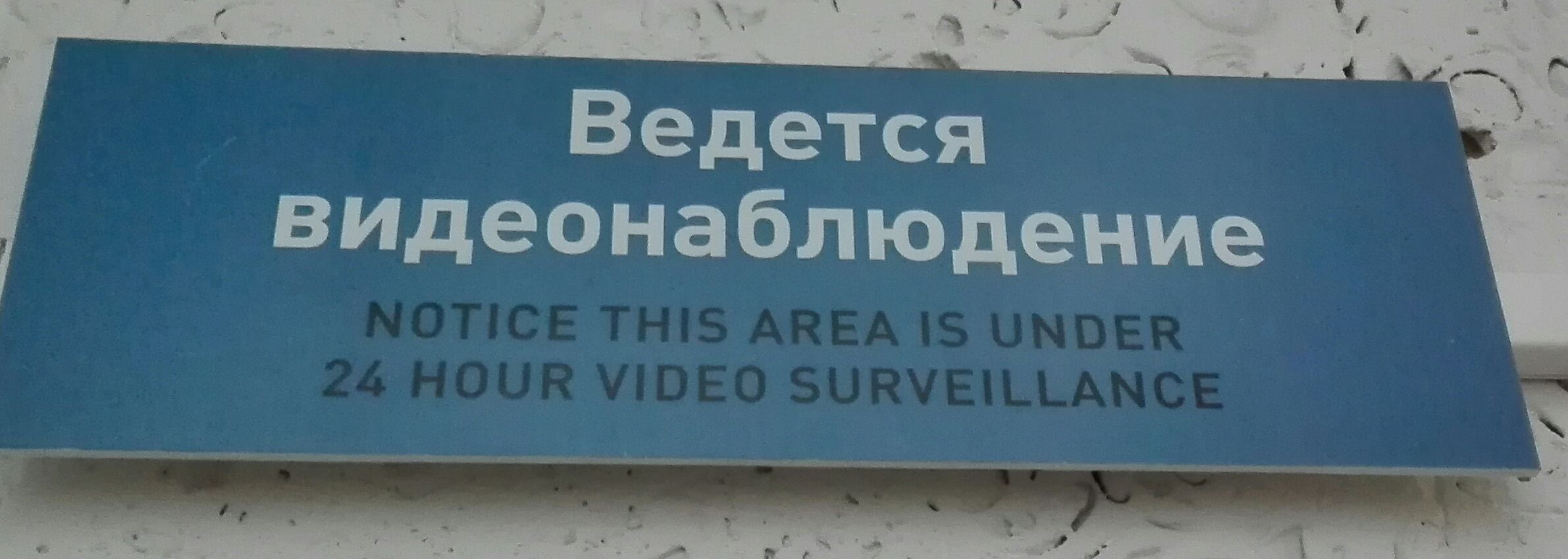
|
6660
|
|
Russia
Tomsk
|
|
|
—
|
Spravieltraka
|
|

|
16389
|
|
Russia
Moskva
|
|
|
—
|
|
|
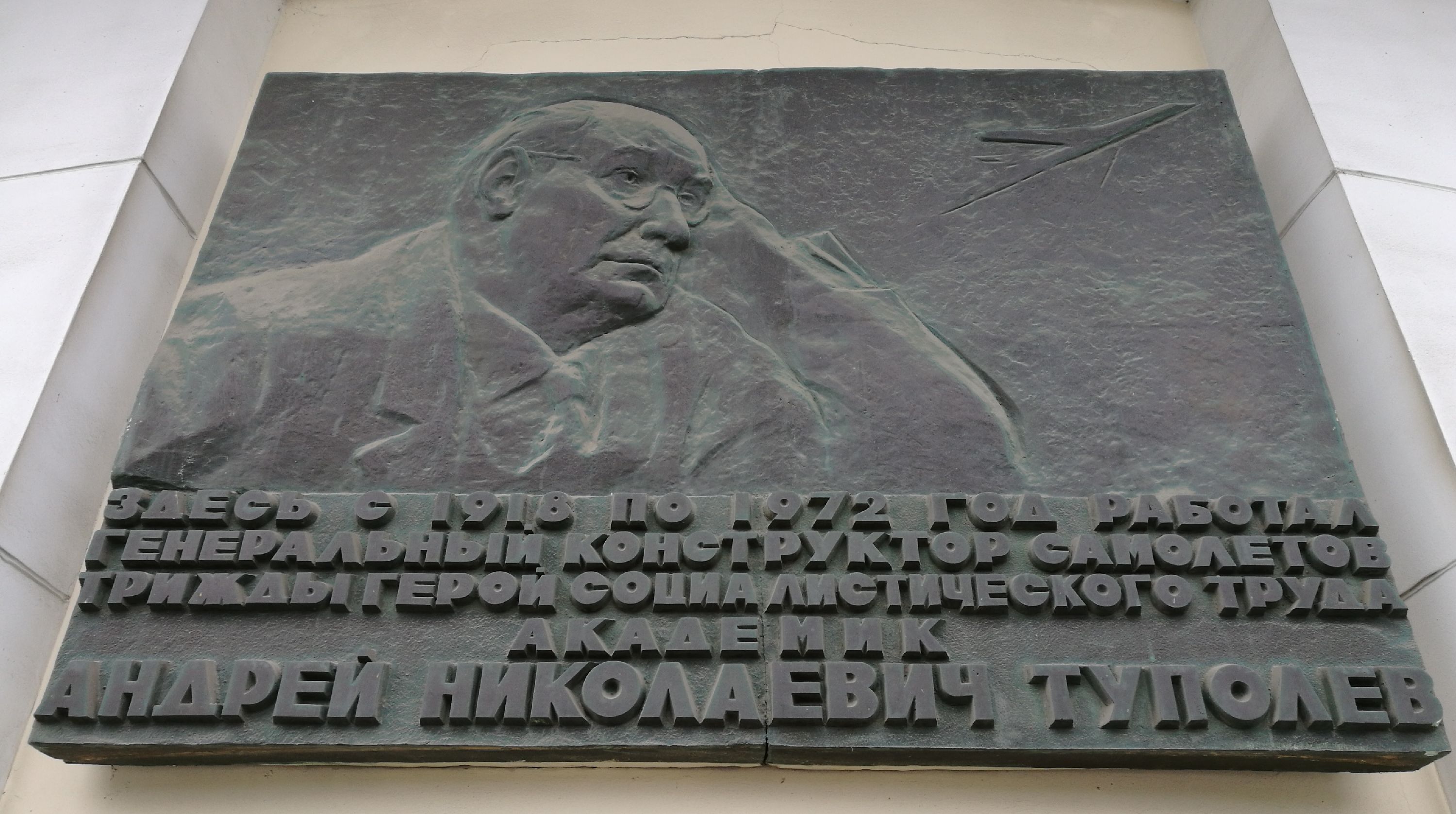
|
34068
|
|
Russia
Moskva
|
|
|
@Туполев Плаза#Мемориальная доска
|
|
|
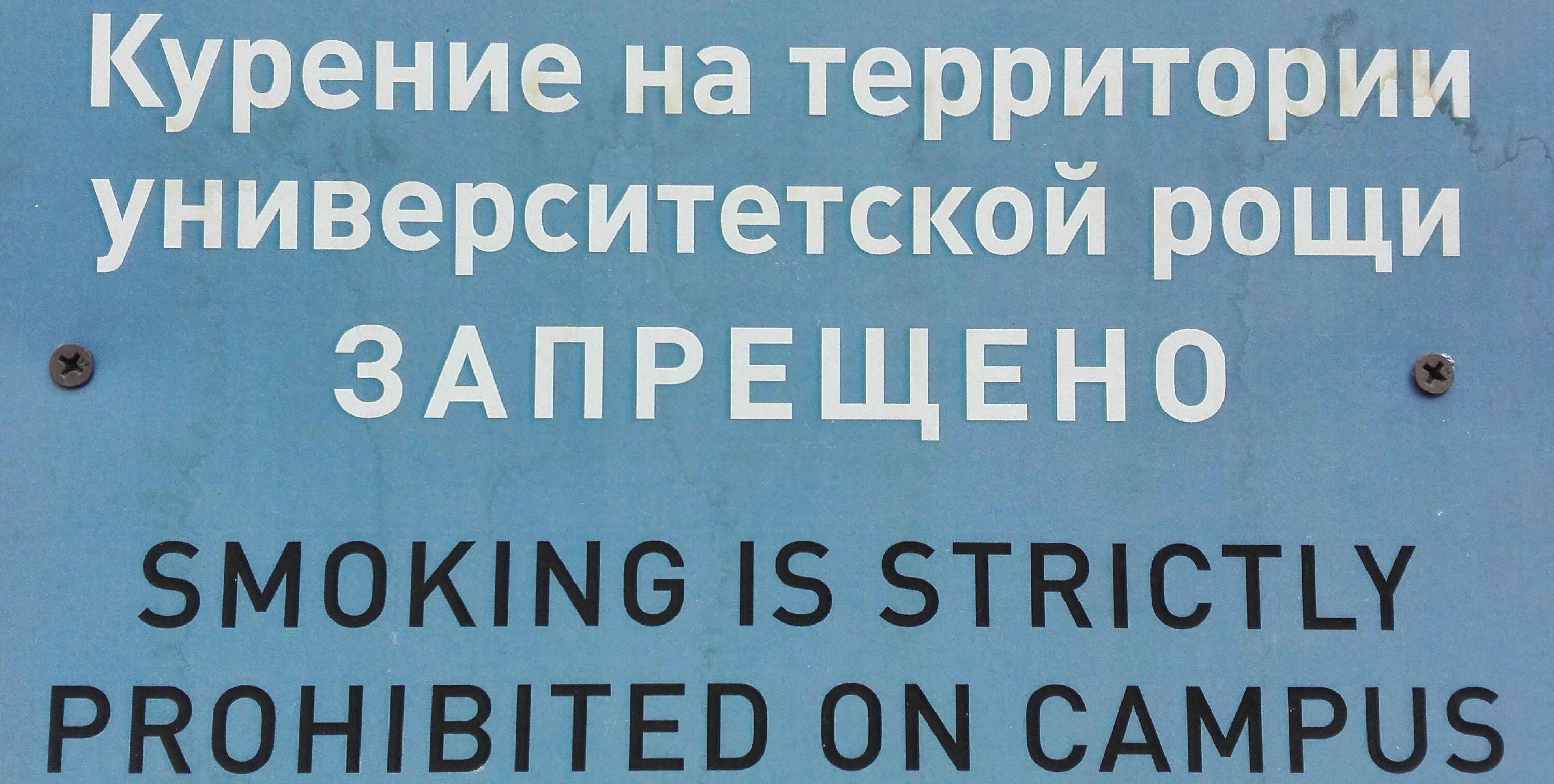
|
6681
|
|
Russia
Tomsk
|
|
|
tgu campus
|
Spravieltraka
|
|

|
6682
|
|
Russia
Tomsk
|
|
|
tgu campus
|
Spravieltraka
|
|

|
9756
|
|
Russia
Sankt-Peterburg
|
|
|
Georgian restaurant
|
|
|
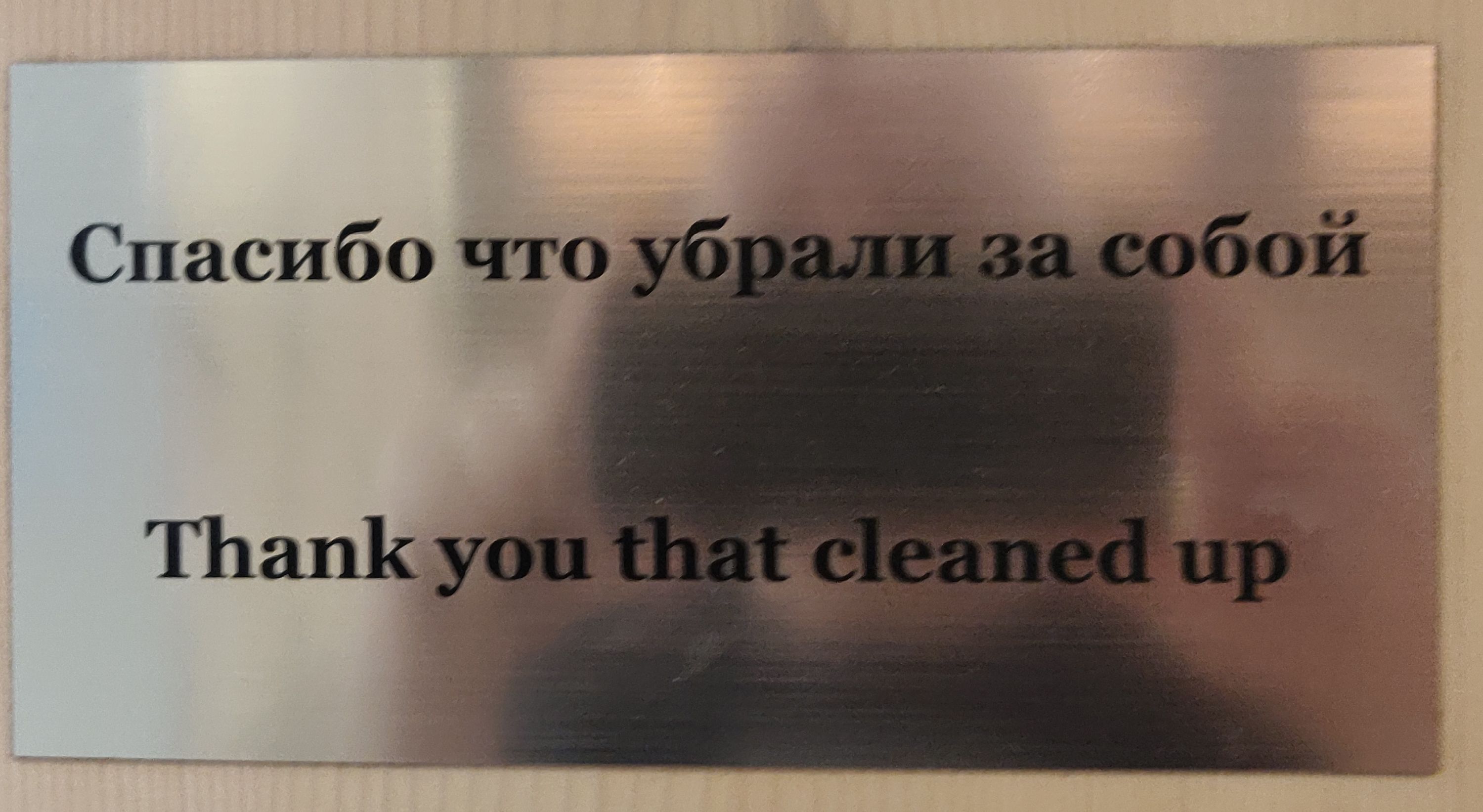
|
24923
|
|
Russia
Москва
|
|
|
—
|
|
|
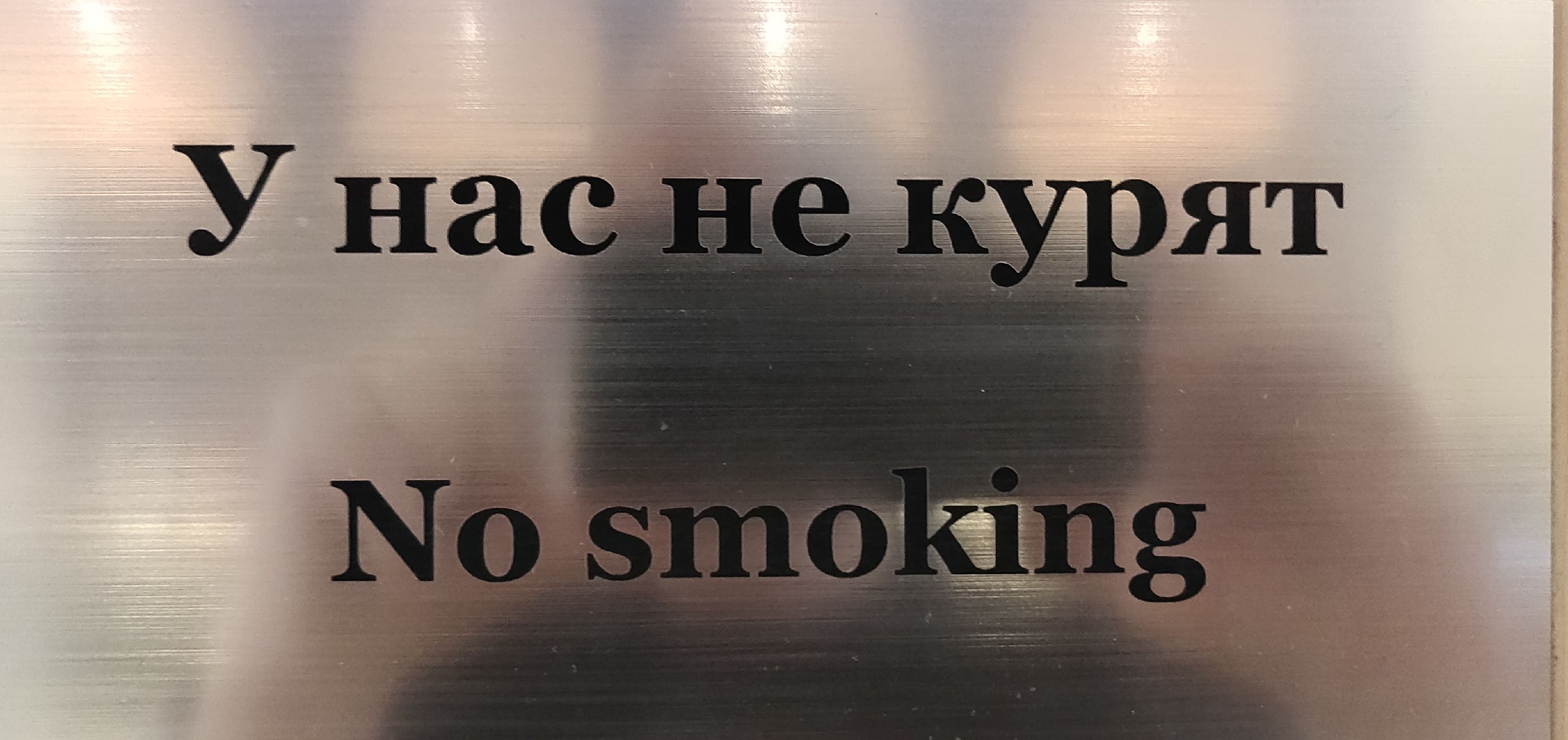
|
24924
|
|
Russia
Москва
|
|
|
—
|
|
|

|
24925
|
|
Russia
Москва
|
|
|
—
|
|
|

|
24926
|
|
Russia
|
|
|
—
|
|
|

|
24927
|
|
Russia
Moscow
|
|
|
—
|
|
|

|
24928
|
|
Russia
Moskva
|
|
|
—
|
|
|